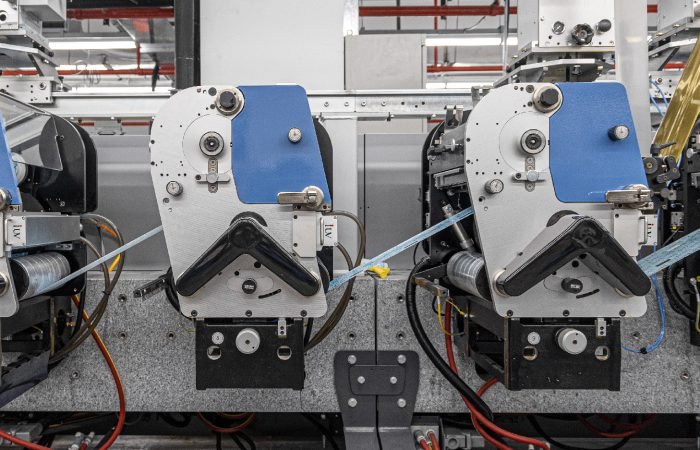The printing industry faces relentless pressure to deliver sharper graphics, faster turnarounds, and eco-conscious solutions. UV curing flexography emerges as the workhorse technology answering these demands, particularly for brands requiring premium label printing and packaging solutions. Unlike traditional methods that struggle with intricate designs or sustainable practices, this advanced approach combines the versatility of flexo with instant curing capabilities.
At its core, UV flexo employs light-emitting diodes to polymerize specially formulated inks within milliseconds. This instantaneous curing process eliminates solvent evaporation stages required in conventional printing, allowing precise dot reproduction even on heat-sensitive substrates. For beverage labels requiring metallic effects or pharmaceutical packaging needing microscopic text clarity, the technology maintains razor-sharp edges that offset printing can’t match on flexible materials.
Three critical factors drive brand preference for UV-cured flexo solutions:
- Color Consistency Across Runs
LED curing’s controlled energy output prevents ink viscosity changes during long print jobs. Cosmetic brands printing limited-edition packaging achieve identical Pantone matches from first to last impression – crucial when maintaining product prestige across seasonal releases. - Substrate Versatility
From textured craft beer labels to synthetic medical device markings, UV inks adhere to diverse surfaces without pretreatment. A craft chocolate manufacturer recently transitioned from screen printing to UV flexo, reducing production steps for their embossed foil wrappers by 40% while increasing metallic pigment intensity. - Immediate Post-Print Processing
Unlike water-based alternatives requiring drying tunnels, UV-cured prints reach full durability within seconds. This enables inline die-cutting, lamination, and embossing – a game-changer for narrow web converters handling short-run premium products. One luxury skincare brand reduced their production timeline from 72 hours to 6 by adopting this inline finishing approach.
Environmental metrics reveal surprising advantages. Though UV inks carry higher upfront costs, their 98% transfer efficiency (compared to 60-70% for solvent-based systems) dramatically reduces waste. Energy consumption tells a similar story: LED curing units consume 70% less power than mercury vapor lamps while operating at lower temperatures. A European label converter documented 23% lower carbon emissions after retrofitting two flexo presses with UV curing stations.
Quality benchmarks in label printing now demand capabilities only UV flexo can provide consistently. Microtext for anti-counterfeiting measures, gradient blends mimicking digital print, and tactile varnishes all benefit from the technology’s precision. In blind tests, packaging professionals consistently identified UV-cured samples as “higher value” due to their scratch resistance and color depth, even when comparing identical Pantone swatches.
The shift toward thinner film substrates in flexible packaging further highlights UV flexo’s superiority. Traditional heat-based curing often warps temperature-sensitive materials, while UV systems maintain dimensional stability. A snack food company eliminated pouch delamination issues by switching to UV-cured inks on their 12-micron polyester films, simultaneously achieving brighter white underlayers for vibrant graphics.
Operational efficiencies compound these technical benefits. Quick-change ink systems allow faster transitions between spot colors – critical for craft breweries running small batches with custom labels. Press operators report 30-50% reduction in job changeover time compared to conventional flexo setups. Downtime decreases further through the elimination of solvent cleaning; UV inks clean up with standard washup solutions rather than requiring hazardous waste disposal protocols.
As brands confront rising consumer expectations and regulatory pressures, UV-cured flexo printing stands as both a technical solution and strategic asset. The technology’s capacity to handle intricate security features meets pharmaceutical traceability mandates while its environmental profile aligns with ESG reporting requirements. Perhaps most tellingly, converters investing in UV flexo capabilities report 15-20% higher client retention rates, as brands increasingly view print quality as non-negotiable in crowded marketplaces.












